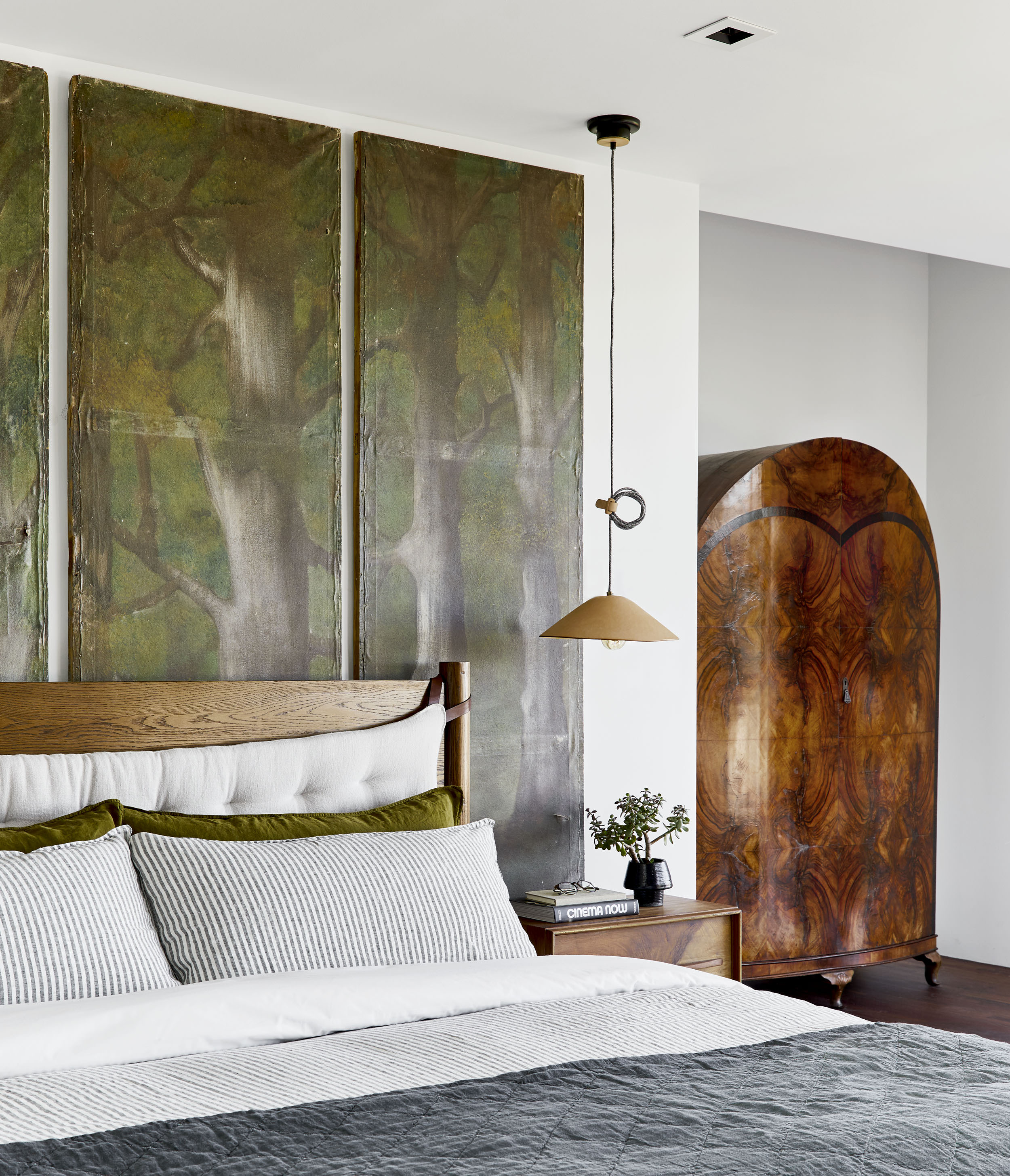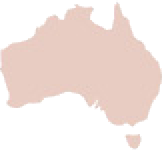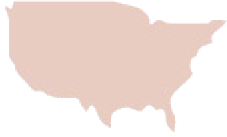
Photo by Isaac Francis
Our IE Francis Loop Pendants have been quite the hit in the U.S, supported by a slew of their most popular designers and tastemakers ( Emily Henderson, Sarah Sherman Samuel, and Garance Doré to name a few). From a moody, serene master bedroom hideaway to an organic modern bedroom with some of the L.A.'s best views — they add perfect handcrafted touch to any room.
That's all thanks to the brilliant designer behind the unique, wet-formed leather lamp. If you've been hanging around for a bit, you'll know that we're quite obsessed with Isaac Francis, the Melbourne-based boot maker turned industrial designer whose minimalist leather goods are unmatched.
We got to have a chat with maker Isaac of IE Francis Minimalist Goods where he gives us a little bit of an insight into his passion for leather working, designing a product and bringing it to life, and even giving advice for those hoping to design their own products. You'll find he's entirely impossible not to love — and we're certain you'll leave this with a slight obsession too.




Photos by Emily Henderson
Photo by Jason Frank Rothenberg for Domino
No longer can you simply ask the question “what do you do for a living?" Most people wear many hats! What hats do you wear?
I just have one giant hat! Against better judgement, I do everything; from design, manufacture, market, business management to photography. I actually love how varied the work is, and by doing everything in house I can be really fast to develop and release a new product. I can have an idea on Monday, have prototypes made by Tuesday, the pattern made and sent to the tool maker Wednesday, then have finished products made, photographed and on my website by Friday!
Where did you find your passion for leather working?
It started about 10 years ago with a love of shoes, which quickly progressed into a curiosity about how they are made. I did a short course in boot making, and then ended up staying at that school to study for two years. After that, I moved to Melbourne and did an industrial design degree, which I was about half way through when I quit my supporting job and went full time in my own business. Just the everyday making is great for nurturing the skills that are needed to do what I do. I do try to take on some custom work and white labelling work when I can to challenge myself.
We’ve found that maintaining a level of creativity is something you’ve always got to work at. Anything you do to keep creative?
I find that if I’m having a struggle with something creatively, it’s a good sign that I need to take a break. I learnt early on is that if you’re stuck on something for more than 15 minutes, leave it alone and come back to it with fresh eyes.
I find that a lot of my creative process happens below the surface, so by getting away from the project at hand even for an afternoon I have a different outlook when I return. Or at the very least I’m just stuck on a different detail - progress!
Where do you find your inspiration?
I make things every day, so I get to play with these materials a lot. Inspiration for me is a mysterious thing that is triggered by some kind of experimentation. I already know what products I want to design, and will have various details that just get filled in as I work. Maybe over hours, maybe over months.
Your products are of the highest quality. What requirements do your leathers have to meet?
I have a bit of an advantage with quality control as I make every product myself, so it’s a small chain of command. Using Australian leathers absolutely brings its own challenges when it comes to quality control, as at least in my experience there is much more variation from batch to batch when compared to the big European or American tanneries.
I have specific requests with the tanneries I work with, so they know what hides I am looking for when I order. I only really need this with the kangaroo leather, as it’s produced in Sydney. The other leathers I use are from a local tannery, so I go down and pick it all out myself.
How would you describe your style?
It’s really all about simplicity. I try to design as cleverly as possible in order to minimise how much I need to sew/cut/manipulate the leather, as usually it results in a more beautiful and longer lasting product. I really have a thing with repeated lines and shapes, and love if I can combine a functional detail with an aesthetic one.
What is your process like from design to completion?
Non-linear, that’s for sure. Usually always an idea has been in my head for weeks before I put a pen to paper though. Once I’ve sketched out a bunch of ideas, I’ll do little test pieces for various components within the product - this might be testing a particular stitch, or the assembly of multiple pieces, or some other detail. After testing all kinds of little details I’m either sure that it will work, in which case I’ll move to making a 1:1 prototype, or I’ll scrap the whole thing and move on!
What inspired you to design your pendant lights?
They were such a fun exploration into the process of wet forming, which is a very old leather working technique which people have been using forever to make all kinds of things, but very rarely does it ever get used for products with a modern or minimalist aesthetic. This is also a pretty extreme form for the leather to be formed into, and it takes a lot of force to make it happen, so half the work in designing that product was in engineering the press that it’s made on.
Favourite product you’ve designed to date?
I think that my Eyewear Cases are my favourite product so far. It captured a particular aesthetic that I’m going for and it really inspired a lot of the products that I designed after it.
Do you have a favourite piece of Barnaby Lane furniture? If so, what is it?
100% the Tanner Armchair! I can so easily picture myself relaxing in one on the verandah of my imagined future home.
Can you give us 5 words to describe you?
Introspective, curious, overthinking, creative, and optimistic! But ask me tomorrow and you may get a different five words.
What’s your best bit of advice?
Take care of yourself. The idea that working yourself to death is the only way to make a living is wrong (although those weeks definitely exist). Something that I’m always trying to be cognizant of is that running your own business has many difficult parts that make it harder than a real job, but there are also many nice parts that I wouldn’t have working for a company. I think it’s super important to enjoy those little positives, because you will almost certainly suffer from the negatives. To be more specific - my schedule is something that I have more control over, so my morning ritual of exercise, music and a relaxed coffee has become really valuable to me.
Any advice for someone who hopes to design and create their own products?
A nice cleanly designed product is the tip of the iceberg. What lays below is years of work.
I suggest that you expect and welcome the inevitable frustration on the long journey to having refined products. Learn from your mistakes and don’t let your ego discourage you if you make something less than perfect, it’s all part of the process so be compassionate with yourself!
If you’re not in your studio designing or manufacturing amazing leather products, where can we find you?
laying in the sun like a reptile, playing guitar, or creeping on cute dogs that pass me by, usually all the while thinking about the studio and all of the goods that I have to make!


Photo by Aaron Bengochea







